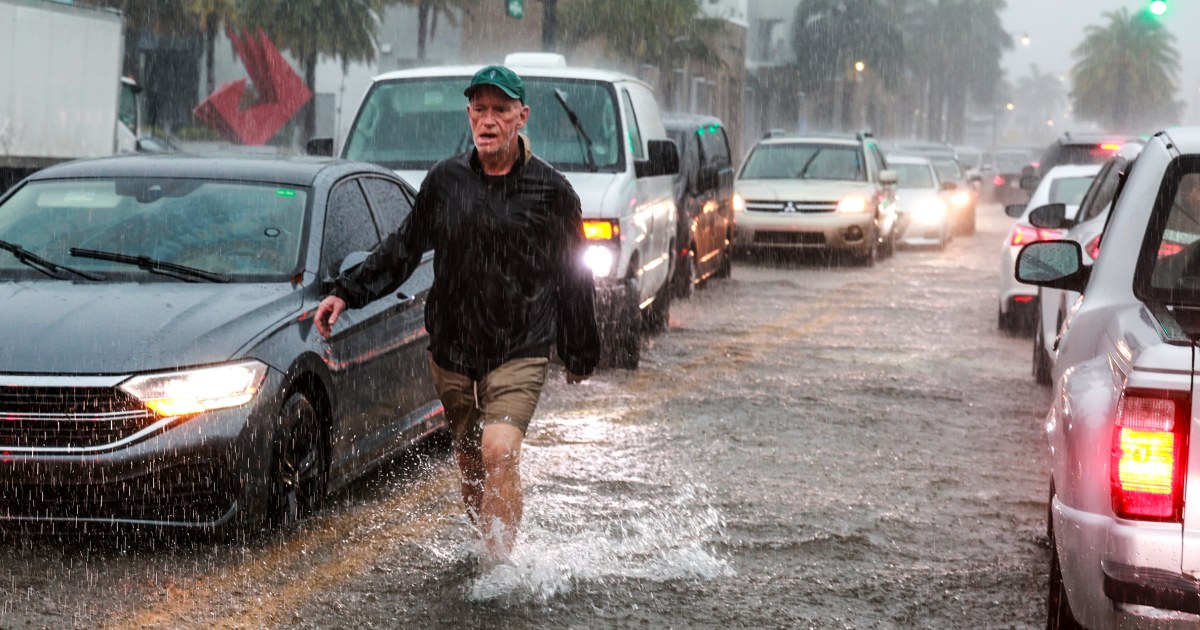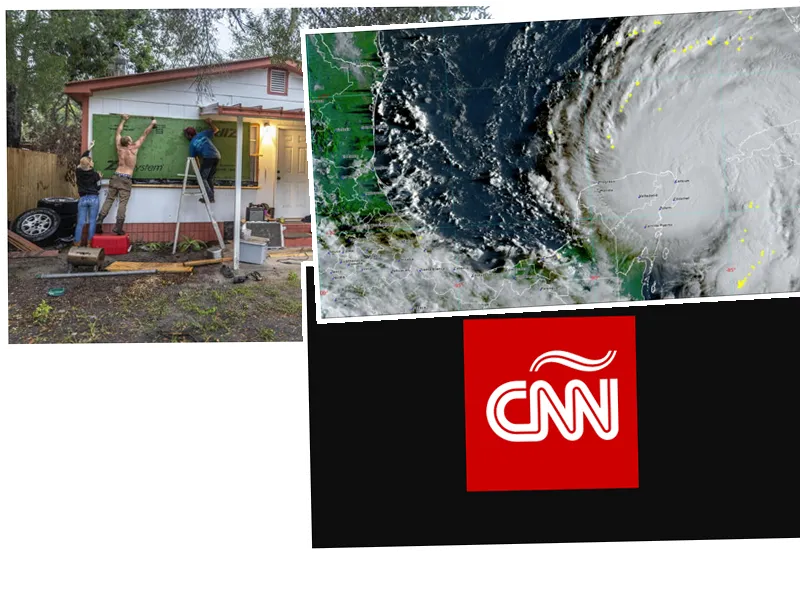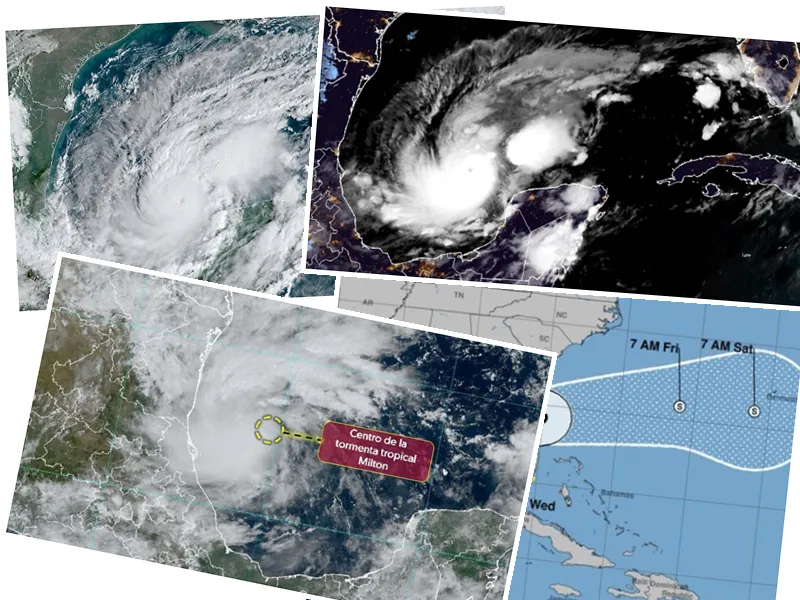South Florida Faces Life-Threatening Flooding Amid Torrential Rains
Torrential rains have caused catastrophic flooding across South Florida, leading authorities to issue urgent warnings to residents in several of the state's most populated regions. The National Weather Service in Miami has advised the public to remain indoors, avoid road travel, and steer clear of flooded areas. Flood warnings are in effect for Miami-Dade, Broward, Collier, Lee, and Sarasota counties until Thursday morning.
The flooding has severely impacted travel, resulting in the cancellation of hundreds of flights. Fort Lauderdale-Hollywood International Airport reported 284 flight cancellations, while Miami International Airport experienced 326 cancellations as of Wednesday night. The Florida Highway Patrol also had to close parts of the southbound Interstate 95 in Broward County as officials rushed to aid stranded motorists.
In response to the crisis, Florida Governor Ron DeSantis declared a state of emergency in the affected counties, allowing the allocation of state aid to expedite recovery efforts. Local authorities in Miami, Fort Lauderdale, and Hollywood have also declared emergencies, urging residents to avoid non-essential travel and seek higher ground if necessary.
Extreme Rainfall Records and Consequences
The deluge has inundated South Florida with more than half a foot of rain in the past 48 hours. Fort Lauderdale airport recorded an astonishing 11.28 inches of rain, Miami airport saw 7.49 inches, Fort Myers received 8 inches, and Sarasota experienced 7.74 inches. The continuous downpour has rendered water extraction pumps almost useless as they have nowhere to send the excess rainwater.
The rains follow the hottest May ever recorded in several Florida cities, including Miami, Fort Lauderdale, West Palm Beach, and Naples. On Tuesday night alone, a rare 8-inch rainfall bombarded Florida's west coast in just three hours — an event so unusual that it should only occur every 500 to 1,000 years. Meteorologists explain that a huge swirl of moisture from the Caribbean Sea and southern Gulf of Mexico is worsening the already grim situation. This phenomenon, known as the Central American Gyre, aggravates wet weather across the Gulf Coast, heralding the onset of Florida's rainy season.
- As the situation continues to evolve, authorities strongly recommend residents stay updated through local news sources and official social media channels. Significant road closures and service disruptions are expected to continue until water levels subside.
- Residents are advised to prioritize their safety by avoiding flooded areas and following guidance from emergency management officials to mitigate risks associated with the severe weather conditions.






